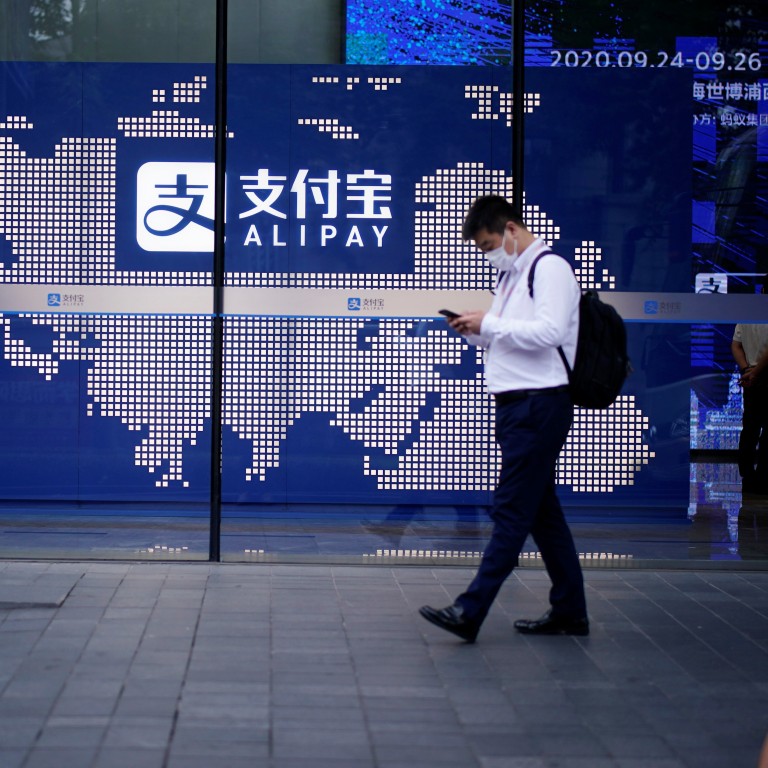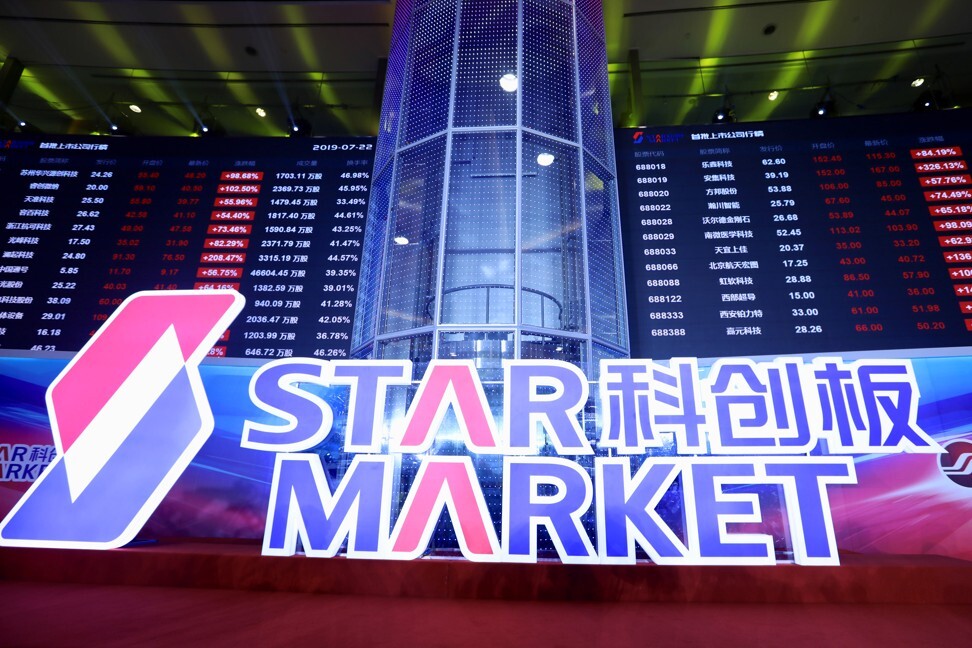
Ant Group’s blockbuster Shanghai share sale gathers momentum, as overseas investors clamour for China exposure
- Ant’s pre-money valuation is crystallising around US$230 billion to US$250 billion, could stretch up to about US$300 billion
- Global investors are using QFII quotas to participate in Shanghai leg of IPO, sources say
Investors are starting to line up for Ant Group’s blockbuster Shanghai share sale, including overseas money managers keen to bolster their exposure to mainland China’s burgeoning consumer economy, according to people familiar with the share offering.
Ant is preparing a simultaneous initial public offering (IPO) in Hong Kong and Shanghai. Investors’ excitement over the mainland leg of Ant’s share offering is a ringing endorsement of Shanghai’s fledgling new board, the Star Market, which is styled on the US technology exchange Nasdaq.

The global investors who have shown an interest in taking part in Ant’s Shanghai tranche include sovereign wealth funds from Southeast Asia and the Middle East, as well as large pension funds from Canada, the people familiar with the IPO said.
Long-term, passive investors who are early shareholders are more likely to secure an allocation in the IPO, the people said. Previous large investors in Ant have included the Canada Pension Plan Investment Board, better known as CPPIB, the sovereign wealth fund of Malaysia, Khazanah Nasional, and Saudi Arabia’s Public Investment Fund. An Ant spokesman declined to comment on market speculation.

Against this highly politicised backdrop, Ant’s bumper IPO is a catch for both Shanghai and Hong Kong. Some brokers’ research reports have pegged Ant’s valuation at around US$230 billion to US$250 billion, and most are leaning way from sum-of-the-parts valuations towards using earnings multiples. At least one of Ant’s existing investors has marked up their yardstick of Ant’s worth to around US$300 billion.
While the exact amount of funds raised has not been set in stone, the IPO is highly likely to break the record held by Saudi Aramco’s US$29.4 billion IPO last December as the world’s largest stock market debut.
Hangzhou-headquartered Ant’s listing will generate significant trading activity and revenue for both the Hong Kong and Shanghai exchanges at a time when there is stiff competition globally for such business.
Ant has not yet decided the split between the two exchanges, but it aims to be even-handed, the people said. However, one of the people familiar said Ant could issue more shares in Shanghai based on the overwhelming demand for the stock.
Foreign investors cannot use the Hong Kong-Shanghai Stock Connect to buy Star Market stocks, so, if they have a licence, they are using quotas to buy mainland shares via China’s Qualified Foreign Institutional Investor scheme, also known as QFII quotas.
These investors have reasoned that buying Ant stock exposes them to foreign-exchange risk in either leg of the offering. Ant generates its revenue overwhelmingly onshore, so investors in the Hong Kong tranche are exposed to currency translation costs. At the same time, US dollar-denominated funds invested onshore are beholden to fluctuations in the yuan.

While the offer and listing dates have not been decided, mainland investors are also gearing up to take part in Ant Group’s IPO.
News of the IPO was met with fanfare and enthusiasm at the Inclusion Fintech Conference in Shanghai on Thursday. Speaking at the event, Simon Hu, Ant’s chief executive, re-emphasised the company’s nature as a technology firm rather than a financial services business. “In each round of its evolution, the key driving force propelling Ant’s growth has been technological innovation,” he said.
Ant is unlikely to need cornerstone investors to anchor demand in its Hong Kong IPO given the clamour among investors, although no decision has been made as yet, the people said.

02:02
Chinese e-commerce giant Alibaba starts trading on Hong Kong stock exchange
The Star Market has removed an implicit valuation cap of 23 times earnings for new listings that was previously standard in China’s domestic markets.
As the largest company to make its debut in mainland China by far, Ant’s debut gives institutional investors a chance to participate in mainland markets in size. Ant is set to become the biggest weighted stock on the Star Market, once trading begins, replacing SMIC, which has a market cap of 432.8 billion yuan (US$63.4 billion).
Global investors think if they do sell Ant shares in future, they may plough the proceeds back into China’s growing, rapidly digitising and increasingly consumer-focused economy. The number of mobile internet users in China reached 877 million in 2019 and will grow to 1.1 billion in 2025, according to iResearch.
“China’s role [in] and share of the global economy has continued to increase throughout the pandemic,” said Primavera’s Hu, who estimated it is now about three-quarters the size of the US economy.
Additional reporting by Daniel Ren

